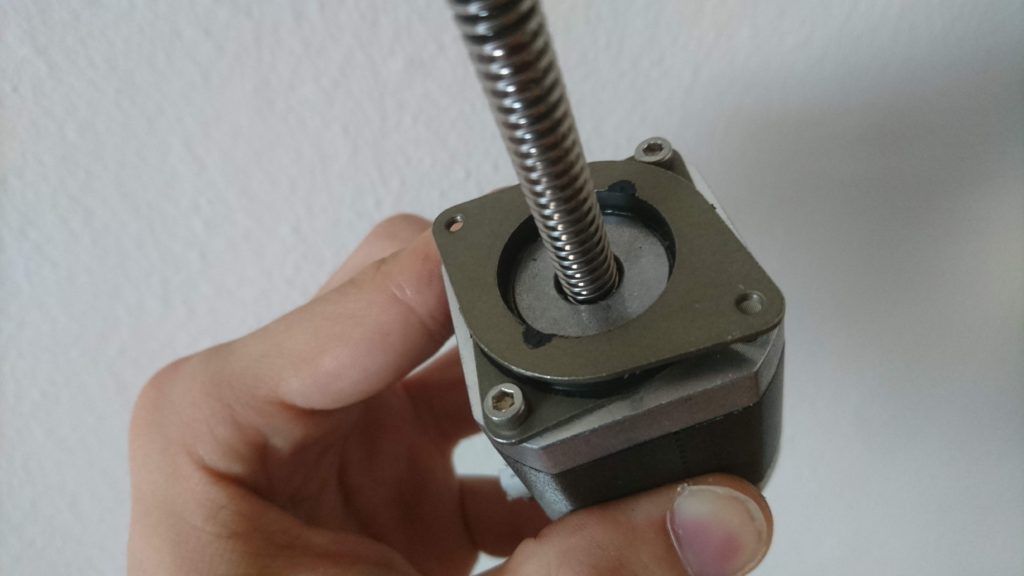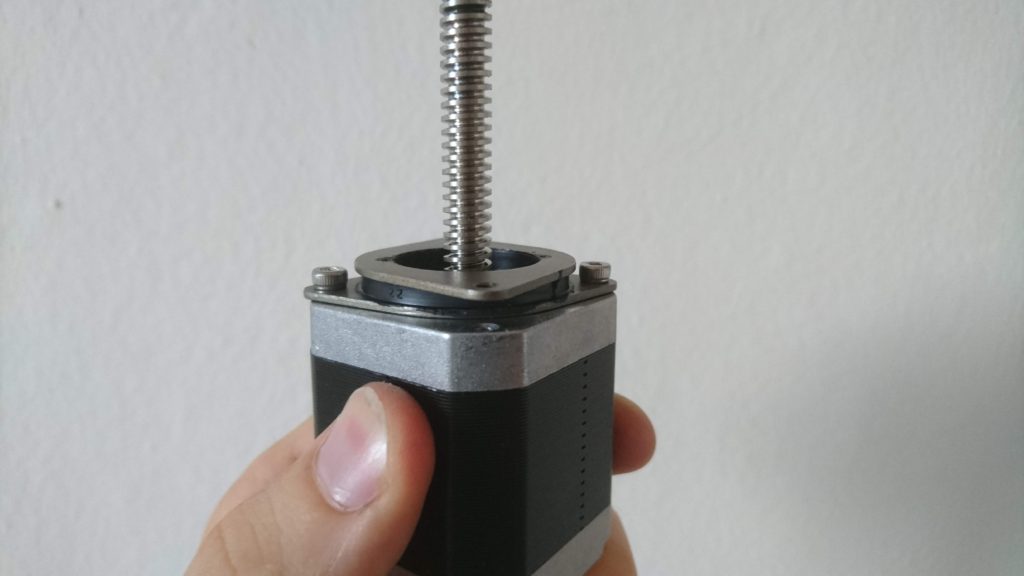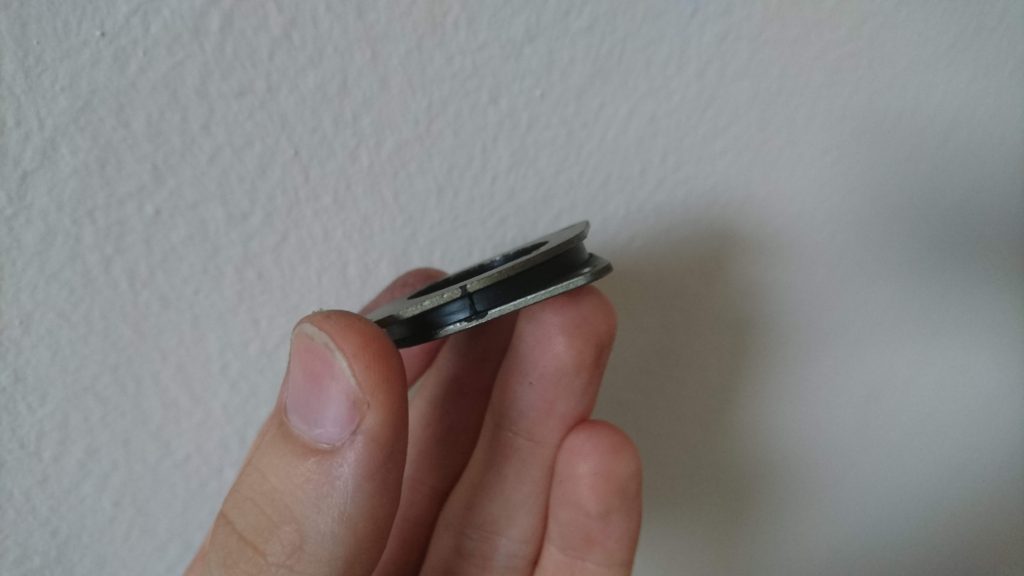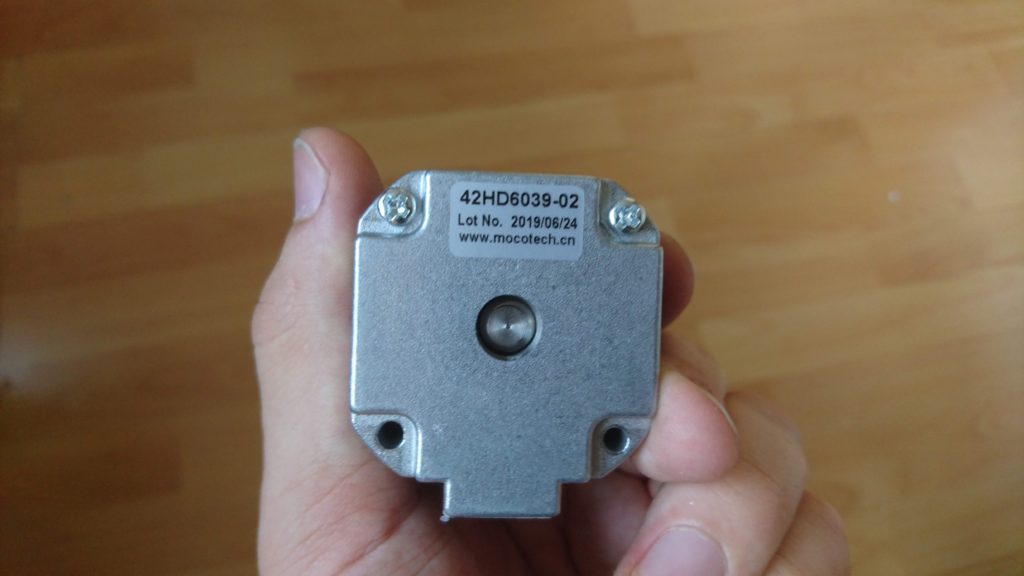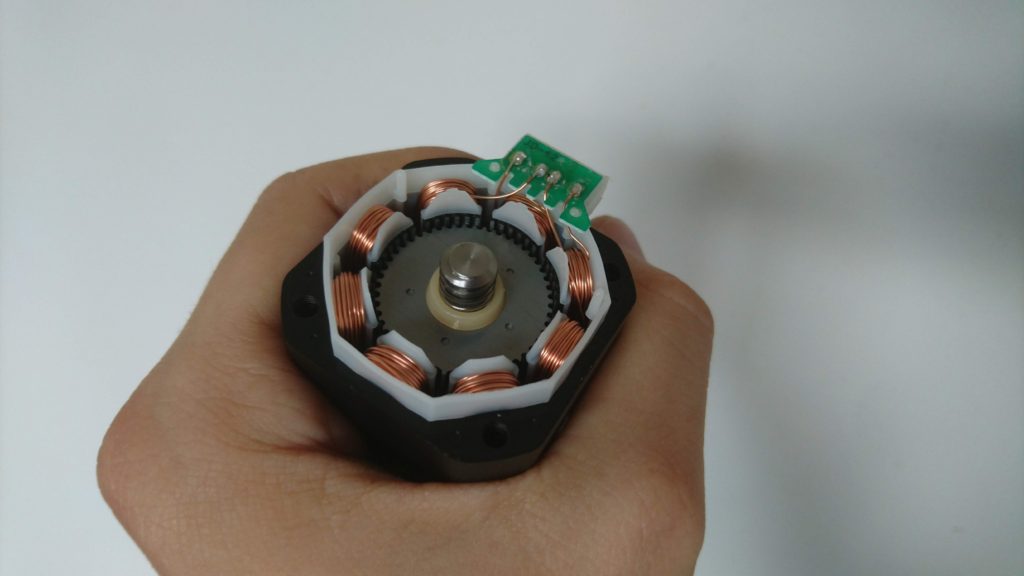In one of my previous posts, I examined the XY precision of the Elegoo Mars printer. If you are not aware of the “exposure bleeding”, please read the post first. There was one problem though; ChiTuBox does not support compensation for exposure bleeding. Therefore, your models can be slightly overgrown and most importantly, when you print directly on the build plate, there is en elephant foot – the first layer are roughly by 0.1-0.4 mm larger than they are supposed to be. This is due to the long exposure period of the first layers.
I wrote a simple command-line utility, which I call ElegooMarsUtility, in September. The utility can read an already sliced file and compensate for the exposure bleeding by eroding the image (imagine removing a few pixels on the edges of white areas). You can find the utility on its GitHub page.
I posted about this utility on the Elegoo FB Group, however, people seem to struggle with the usage of command-line tools. Finally, I found a little spare time, so I programmed a simple (and probably lame) GUI for the tool, so people can use it. I hope it will do the job. It is a single form window, where you enter your compensation values in pixels, specify the input and output files and hit the run button. After a while (depending on the size of the input file) you get a compensated file.
If you use Windows, you can download the utility here, if you use Pip. Unfortunately, the Windows version is bloated and takes few seconds to start, however, there is not much I can do about it – it is the price for having a single executable. If you install the tool on Windows using Pip, the startup will be instant.
Also, if you like the tool (or my other work) consider supporting me on Ko-FI. Supporting me allows me to buy hardware and resing which goes into my research and experiments.
Most importantly; the utility works with the anti-aliased files (thanks to fookatchu and his wonderful library for handling the sliced files) and allows you to specify compensation for the bottom layers and the normal layers. This allows you to get rid of the elephant’s foot.
What compensation values you should put in? It depends on your resin and exposure time. The best way is to experiment. Personally, for Elegoo Gray I use an exposure of 8 seconds, bottom layer exposure 30 seconds, the bottom layer compensation is 6 and the normal layer compensation is 1.
One last think about the compensation. Currently, the tool compensates only for exposure bleeding. However, there could be also an error caused by the UV-light rays not exposing the resing perpendicular to the build plate, but under a slight angle (as the light source is more a point than a surface). I was not able to measure the impact of this effect on the size of the components – in theory, the worst-case scenario is that the error is 0.02 mm on the sides (based on the light source geometry and the layer thickness). The error depends on the position of the object on a build plate – objects placed in the middle are effected less than the objects on the sides. If it proofs that this error is significant, I will implement it into the tool. However, as we are dealing with compensation less than a pixel, it requires some experimenting with partial exposure.

